5 min read
Exploring the Immersive Frontier: The Rise of Augmented and Virtual Reality
In recent years, technological advancements have propelled humanity into a new era of immersive experiences through Augmented Reality (AR) and Virtual Reality (VR)
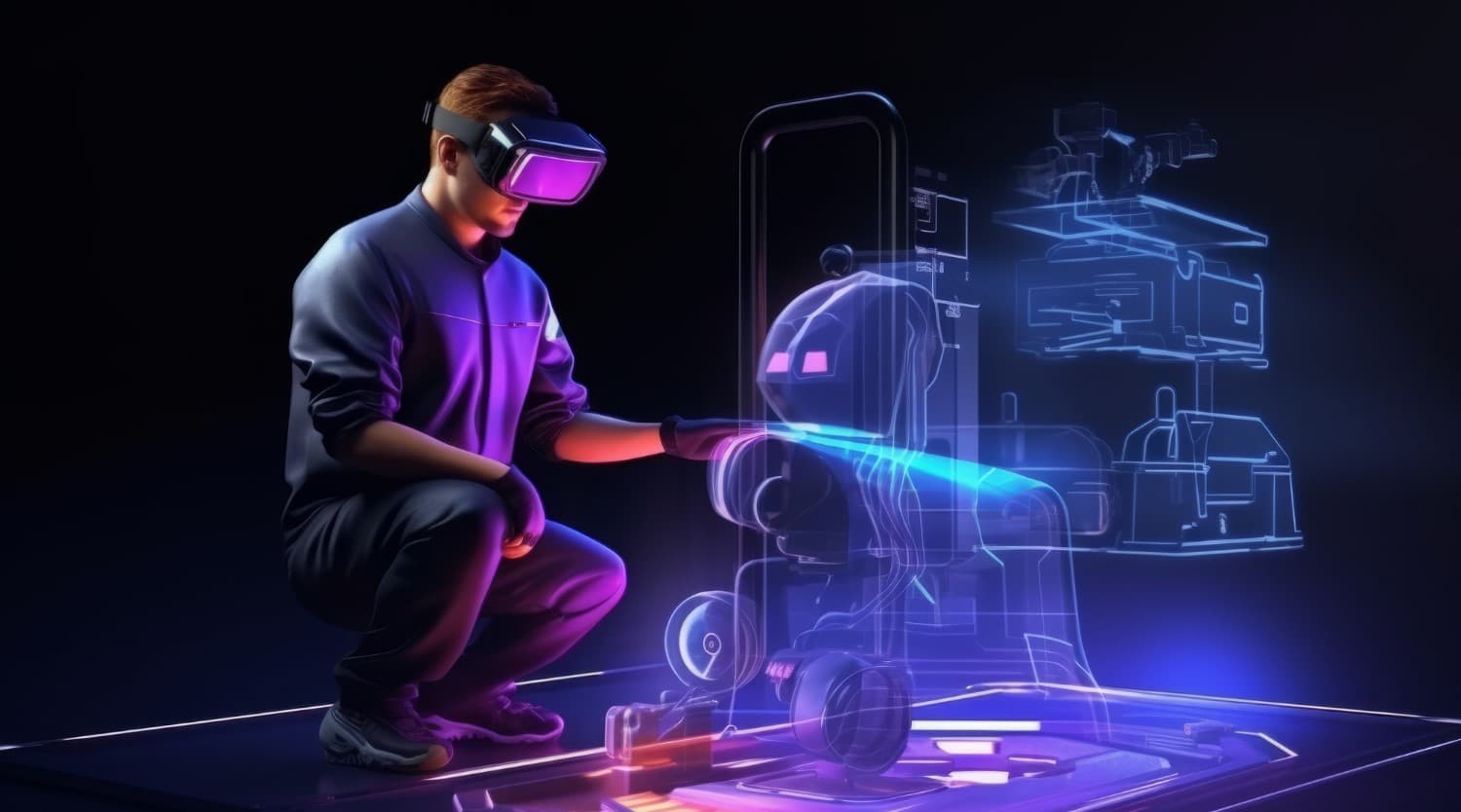
Written By
Ashwina Das
Published On
07 Feb 2024
Sign up for our newsletter
Introduction
In recent years, technological advancements have propelled humanity into a new era of immersive experiences through Augmented Reality (AR) and Virtual Reality (VR).
This article delves into the evolution of AR and VR, their transformative impact on various industries, and the role of Bell Immersive Technologies in providing cutting-edge services in this expanding field.
1. The Evolution of Augmented and Virtual Reality
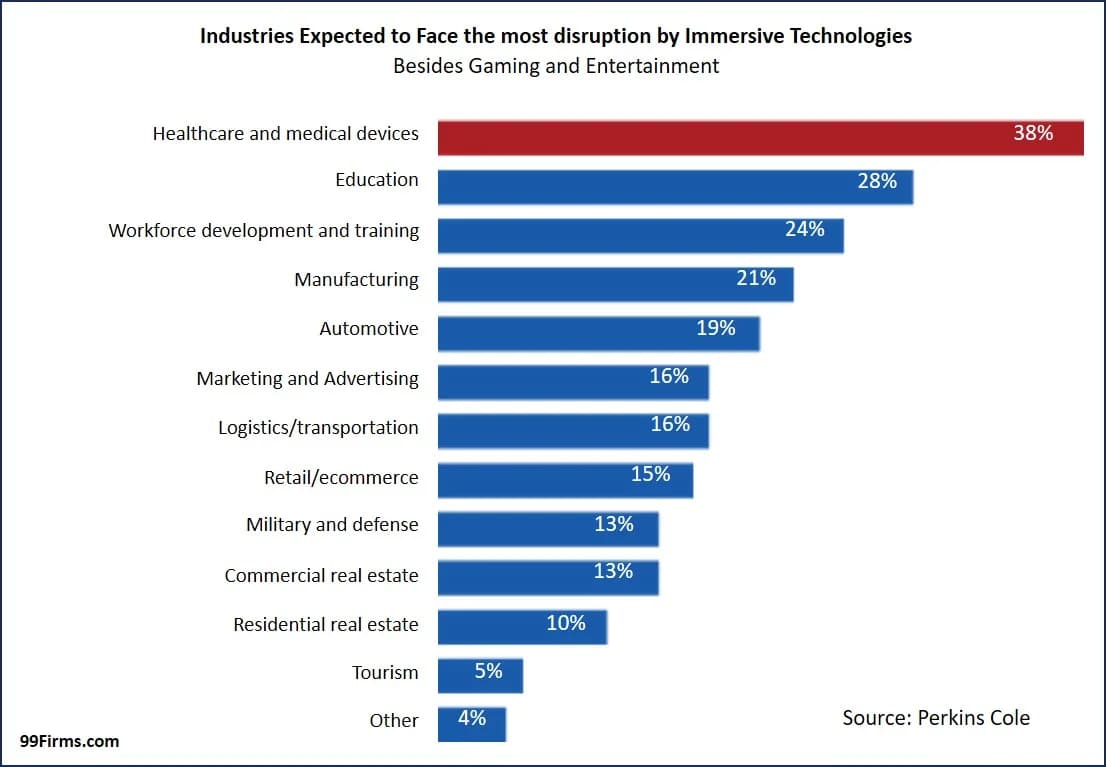
Industries expected to face the most disruption by Immersive Technologies
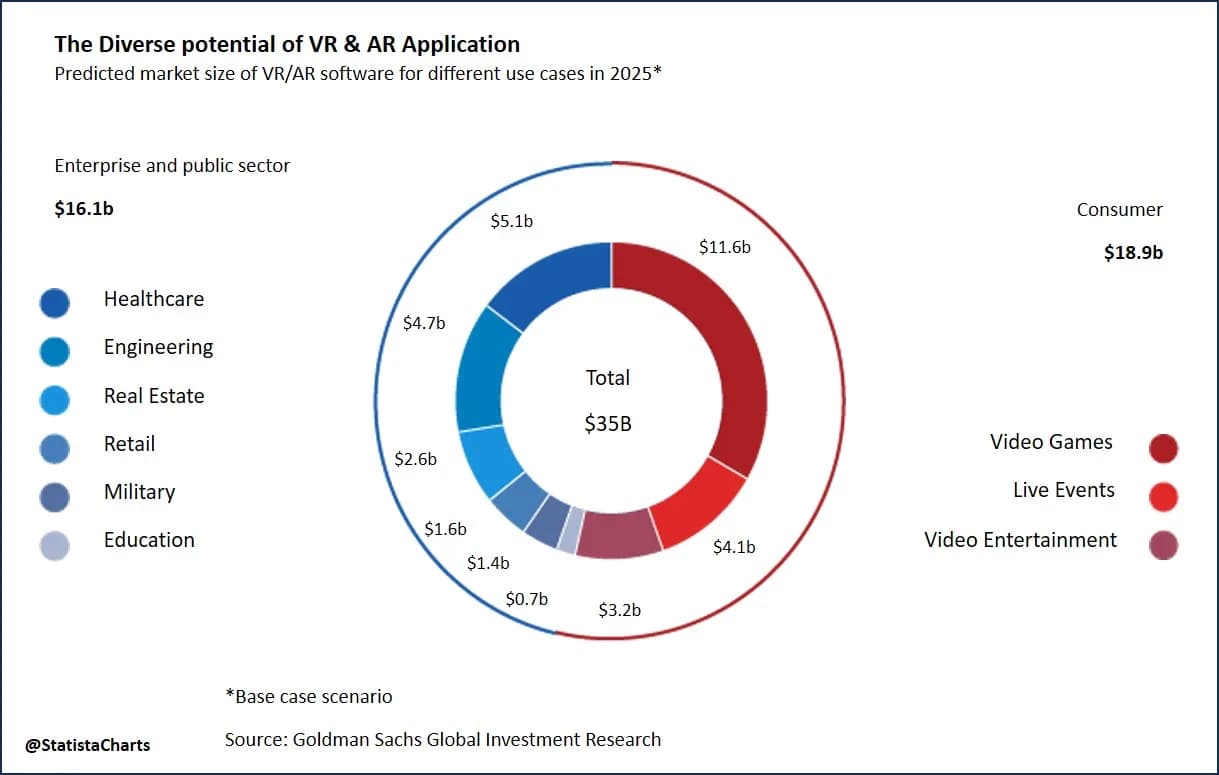
The diverse potential of VR & AR applications
A. Augmented Reality (AR) and Virtual Reality (VR):
AR overlays digital information onto the real world, enhancing our perception of the environment, while VR immerses users in a completely digital environment, shutting out the physical world. The journey of AR and VR began with simple applications like heads-up displays in fighter jets and has evolved into diverse applications, from mobile gaming to enterprise solutions.
B. Progression in AR and VR:
The roots of AR and VR can be traced back to the early 20th century when pioneers like Morton Heilig conceptualized the idea of immersive experiences. However, it wasn’t until the last decade that advancements in hardware and software paved the way for practical applications.
2. Transformative Impact on Industries
A. Gaming and Entertainment:
The gaming industry has been a pioneer in adopting AR and VR technologies. VR gaming offers an unparalleled level of immersion, allowing players to step into virtual worlds. AR has also enhanced mobile gaming, bringing characters and scenes to life in the real world through devices like smartphones and AR glasses. The global VR gaming market was valued at USD 9.32 billion in 2020 and is projected to reach USD 42.50 billion by 2027, with a compound annual growth rate (CAGR) of 23.7%.
B. Healthcare:
AR and VR have found crucial applications in the healthcare sector. Surgeons can use AR overlays during surgeries for enhanced precision, and VR is employed for therapeutic purposes, such as treating phobias and PTSD. Medical training simulations using VR provide a safe environment for practicing complex procedures. The global market for AR and VR in healthcare was estimated at USD 2.57 billion in 2020 and is expected to reach USD 30.18 billion by 2027, growing at a CAGR of 42.9%.
C. Education and Training:
AR and VR have transformed the way we learn and train. Virtual classrooms and immersive educational experiences offer students a hands-on approach to various subjects. In the corporate world, VR-based training simulations enable employees to practice real-world scenarios, enhancing their skills in a risk-free environment. The global market for AR and VR in education and training was valued at USD 7.65 billion in 2020 and is anticipated to reach USD 42.07 billion by 2027, expanding at a CAGR of 31.1%.
D. Real Estate and Architecture:
AR is changing the way we perceive and interact with real estate. By overlaying property information onto physical spaces, potential buyers can visualize homes and spaces in a more immersive manner. Architects use VR to create virtual walkthroughs of buildings before construction, streamlining the design process. The global market for AR and VR in real estate and architecture was valued at USD 1.82 billion in 2020 and is forecasted to reach USD 34.72 billion by 2027, with a CAGR of 48.7%.
E. Manufacturing and Industrial Training:
AR and VR technologies are revolutionizing manufacturing processes and industrial training. They enable workers to receive real-time instructions overlaid onto machinery, improving efficiency, and reducing errors. VR-based simulations are utilized for training employees in hazardous environments, minimizing workplace accidents. The global market for AR and VR in manufacturing and industrial training was valued at USD 4.17 billion in 2020 and is projected to reach USD 30.06 billion by 2027, growing at a CAGR of 33.5%.
F. Retail and E-Commerce:
AR and VR are reshaping the retail experience by offering virtual try-on solutions, allowing customers to visualize products before purchase. VR-powered virtual stores provide immersive shopping experiences from the comfort of one’s home. Retailers are leveraging AR for interactive product demonstrations and personalized marketing campaigns. The global market for AR and VR in retail and e-commerce was valued at USD 1.69 billion in 2020 and is expected to reach USD 19.56 billion by 2027, with a CAGR of 39.9%.
G. Banking and Finance:
AR and VR technologies are increasingly being adopted in banking and finance for customer engagement, virtual banking experiences, and data visualization. Virtual reality can provide immersive financial planning and investment simulations, enhancing client understanding and decision-making. The global market for AR and VR in banking and finance was valued at USD 1.12 billion in 2020 and is forecasted to reach USD 15.71 billion by 2027, with a CAGR of 41.3%.
H. Aviation:
AR and VR are transforming aviation operations, from pilot training to maintenance and passenger experiences. Airlines are leveraging VR for pilot training simulations, reducing costs, and improving safety. AR is utilized for aircraft maintenance, providing technicians with real-time information and instructions overlaid with physical components. The global market for AR and VR in aviation was valued at USD 2.15 billion in 2020 and is anticipated to reach USD 27.63 billion by 2027, expanding at a CAGR of 42.8%.
I. Oil and Gas:
AR and VR technologies are revolutionizing the oil and gas industry by enhancing exploration, drilling, and safety procedures. VR simulations are used for training personnel in handling hazardous situations and operating equipment in remote locations. AR overlays enable field technicians to access critical data and instructions hands-free, improving efficiency and reducing downtime. The global market for AR and VR in oil and gas was valued at USD 900 million in 2020 and is projected to reach USD 14.51 billion by 2027, with a CAGR of 44.3%.
3. Bell Immersive Technologies: Pioneering the Future of AR and VR Services
We are dedicated to pushing the boundaries of Augmented Reality (AR) and Virtual Reality (VR) solutions across various industries. Through innovative technologies and a commitment to excellence, we have successfully executed numerous projects globally, tailored to the unique needs of our clients.
Below are case studies highlighting some of our remarkable projects, showcasing our expertise in delivering cutting-edge AR and VR experiences.
Case Studies
AR Architectural Visualization Tools
Introduction
Our AR Architecture Tool has revolutionized the way architectural projects are visualized and designed. By leveraging 3D augmented reality (AR) technology, this tool offers businesses a powerful platform for enhancing collaboration and communication throughout the design process.
Client’s challenge
Before Bell’s AR Architecture Tool adoption, client’s architects struggled with:
-
Limited visualization: 2D drawings didn’t convey spatial qualities, leading to revisions.
-
Communication barriers: Complex concepts were hard to convey, causing delays
-
Coordination issues: Disparate tools hindered team collaboration, causing inefficiencies.
Bell’s Solution
The client’s architects adopted our AR Architecture Tool for enhanced design visualization and collaboration that involved:
-
Adopting Bell’s AR Architecture Tool enhanced visualization, streamlined communication, and improved team collaboration, resolving the architects’ struggles.
-
Provided training sessions on effective communication and collaboration techniques to empower architects to overcome barriers without immediate technology adoption.
-
Integrated a collaborative software suite that consolidated tools fostered real-time collaboration and resolved coordination issues among team members.
Results and Benefits
The adoption of the AR Architecture Tool yielded significant benefits for our client:
-
Enhanced Visualization: Improved client understanding.
-
Improved Communication: Reduced misunderstandings, and faster timelines.
-
Streamlined Collaboration: Smoother workflows, better outcomes.
-
Competitive Advantage: Set our client apart and attract clientele.
Conclusion
Our AR Architecture Tool revolutionized our client’s architects’ design process, boosting efficiency, creativity, and client satisfaction. By leveraging augmented reality, they transformed project conception, communication, and realization, making it an indispensable industry asset.
ALERTSim
Introduction
In an increasingly unpredictable world, emergency preparedness is paramount. For our clients, who are multinational conglomerates operating in diverse sectors, ensuring the readiness of their emergency response teams (ERTs) is a top priority. With facilities scattered across the globe and facing a variety of potential crises, our clients sought a comprehensive solution to enhance the capabilities of their ERTs.
Client’s challenge
Our clients encountered several challenges in preparing their ERTs for real-life emergencies:
-
Global Coordination: Facilities worldwide posed logistical hurdles for ERT coordination and training.
-
II. Training Realism: Conventional methods lacked engagement, hindering readiness levels.
-
Resource Allocation: Effective crisis resource allocation demanded simulated practice.
Bell’s Solution
Our clients turned to ALERTSim, a cutting-edge Emergency Response Readiness Simulation Training program. The implementation involved:
-
Comprehensive Suite: Offers Crisis, Emergency, and Onsite Response applications for tailored crisis management.
-
Realistic Simulation: Employs AI-powered training and scenario libraries for effective decision-making practice.
-
Global Collaboration: Web-based platform enables seamless ERT collaboration across locations.
-
Immersive VR Learning: Integrates VR for lifelike training, boosting engagement and effectiveness.
Results and Benefits
The implementation of ALERTSim yielded significant benefits for our clients:
-
Enhanced Readiness: Equipped ERTs to remain composed and efficient in challenging situations.
-
Global Collaboration: Facilitated seamless training regardless of location, promoting cohesion.
-
Resource Optimization: Allowed simulation and monitoring of resource allocation, optimizing crisis response.
-
Comprehensive Drills: Ensured thorough preparedness for large-scale emergencies through expansive team drills.
Apart from the mentioned benefits, our ALERTSim platform offers a vital advantage, facilitating effective preparation for real-life emergencies

4. Prospects and Challenges
A. Future Developments
The future of AR and VR holds tremendous promise. Advancements in hardware, such as lightweight AR glasses and more powerful VR headsets, will contribute to wider adoption. The integration of artificial intelligence (AI) and 5G technology will further enhance the capabilities of immersive experiences, making them more interactive and responsive.
B. Challenges to Overcome
Despite the rapid progress, AR and VR face challenges, including privacy concerns, the need for standardized development frameworks, and the high cost of quality hardware. Bell Immersive Technologies, being at the forefront of the industry, actively addresses these challenges through continuous research and development.
Conclusion
As we stand on the brink of the immersive frontier, the rise of Augmented and Virtual Reality promises to redefine how we interact with the digital realm. From gaming and entertainment to healthcare and education, the impact of AR and VR is felt across diverse sectors.
Bell Immersive Technologies, with its commitment to innovation, plays a pivotal role in shaping this transformative landscape by providing top-notch AR and VR services tailored to the unique needs of various industries.
Looking ahead, the trajectory of AR and VR is poised to reach new heights, promising a seamless integration of the virtual and physical worlds into the fabric of our daily lives. The future holds boundless possibilities as we continue to explore and push the boundaries of what is achievable in the immersive world of AR and VR.
In navigating this AI-driven future, we encourage businesses and society to collaborate to unlock their full potential while addressing challenges head-on
Contact Bell Immersive Technologies today to learn more about how we can help your business leverage the power of machine-learning algorithms for fraud detection and prevention
Other Articles
Some articles that may interest you
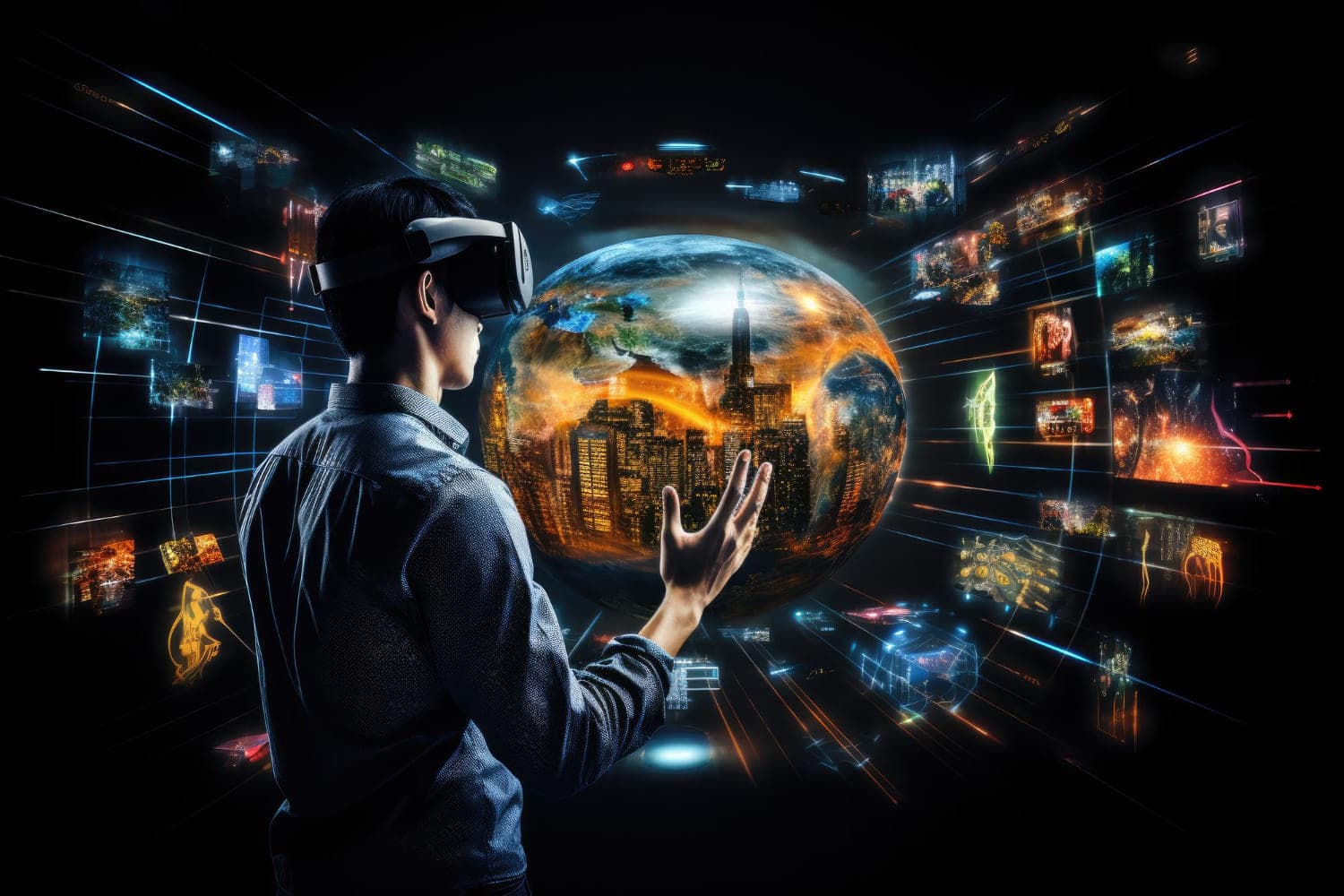
Navigating the Virtual Frontier: Complexities and Opportunities to Consider in Developing AR/VR Solutions
Shweta Karnad
16 Apr 2024
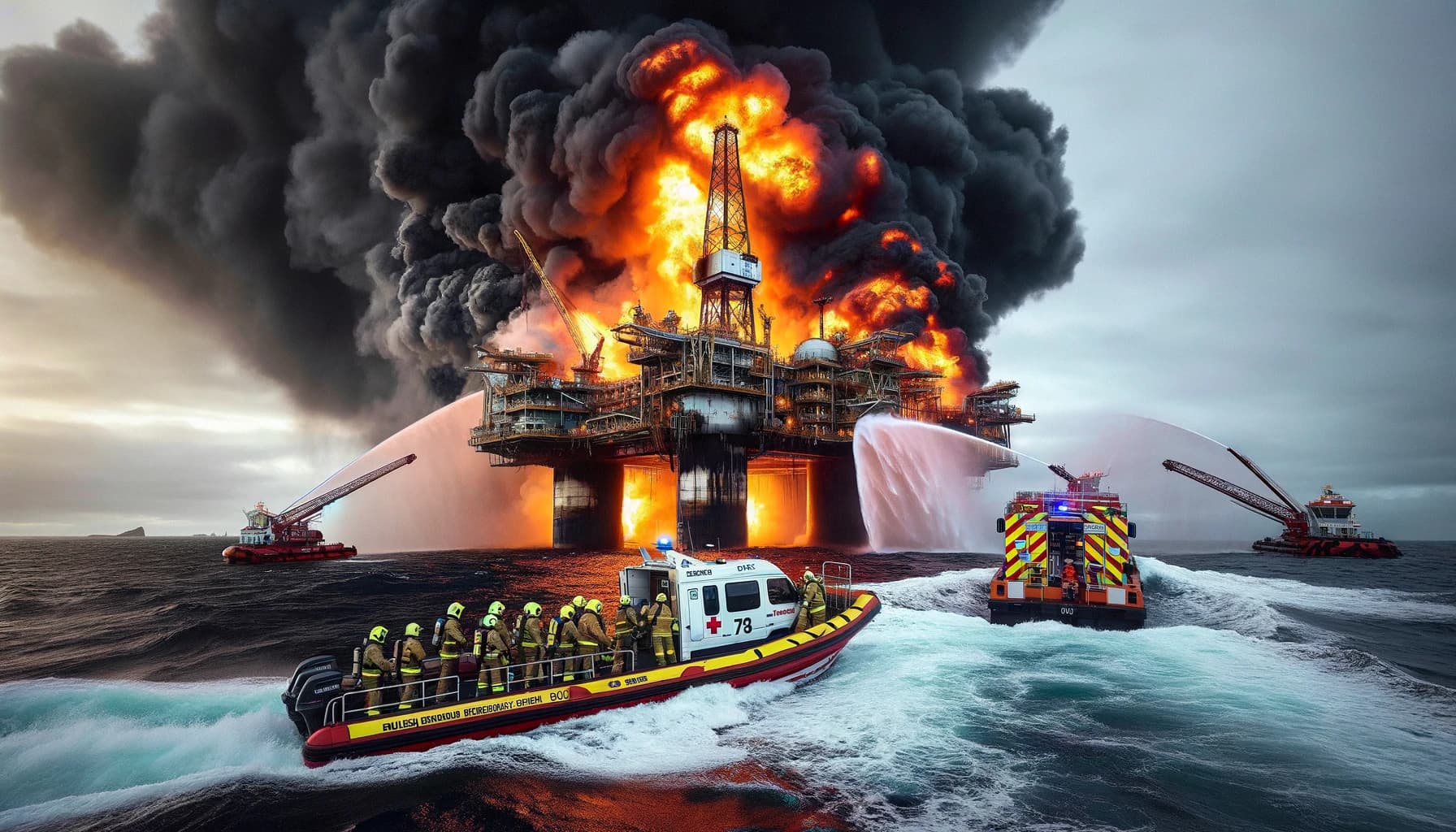
Preparing for the Unexpected: Exploring ALERTSim, the Next Generation Emergency Response Simulator
Ashish Kulkarni
11 Apr 2024
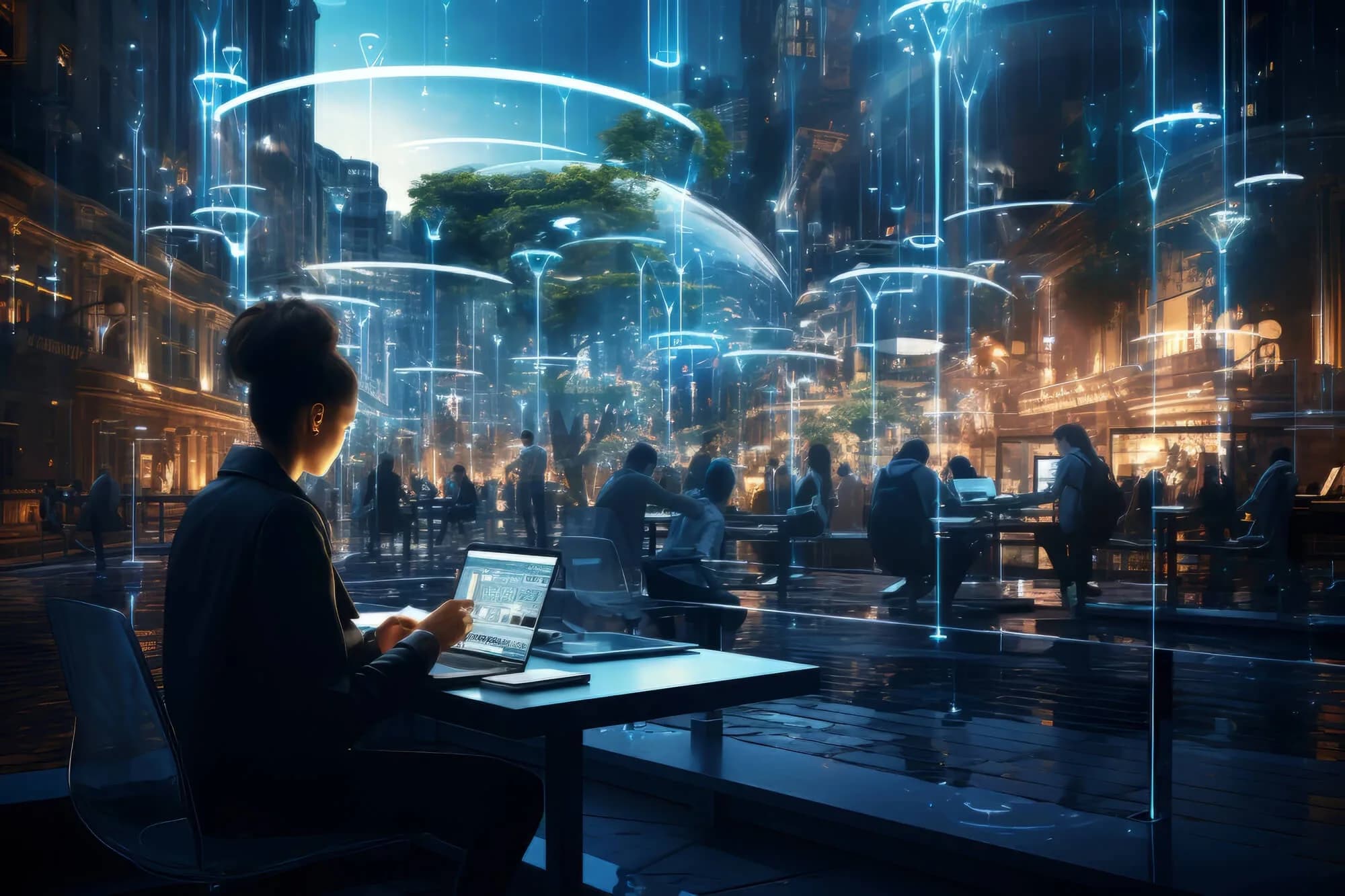
Unlocking the Potential: The Impact of Artificial Intelligence on Business and Society
Ashish Kulkarni
18 Jan 2024


